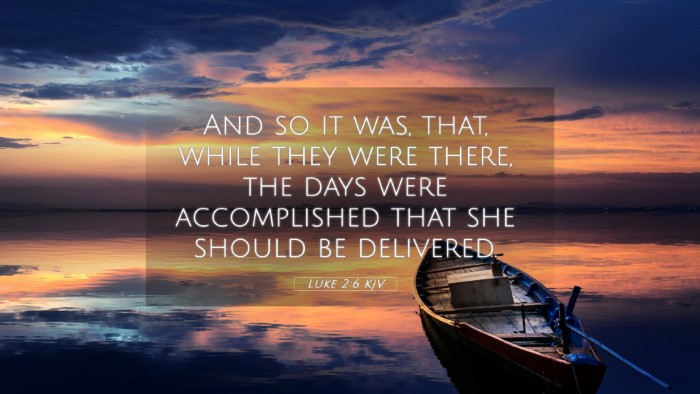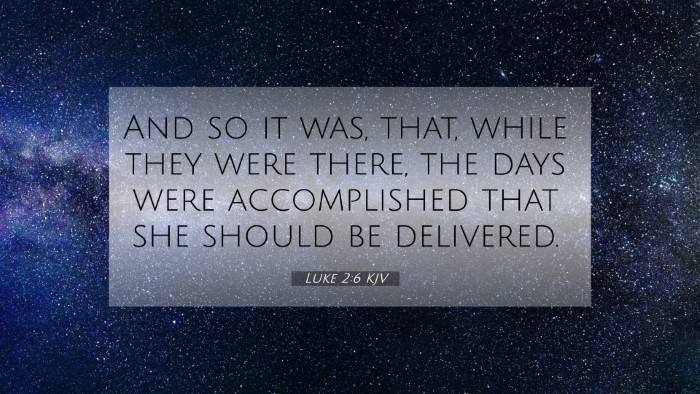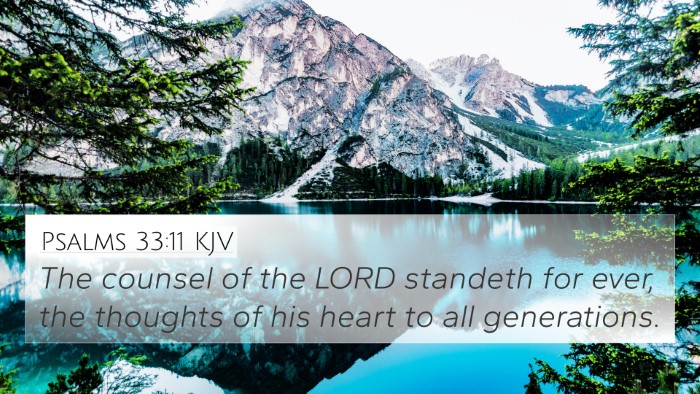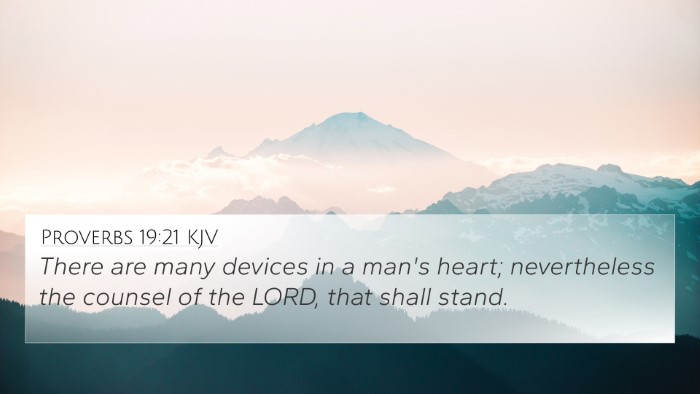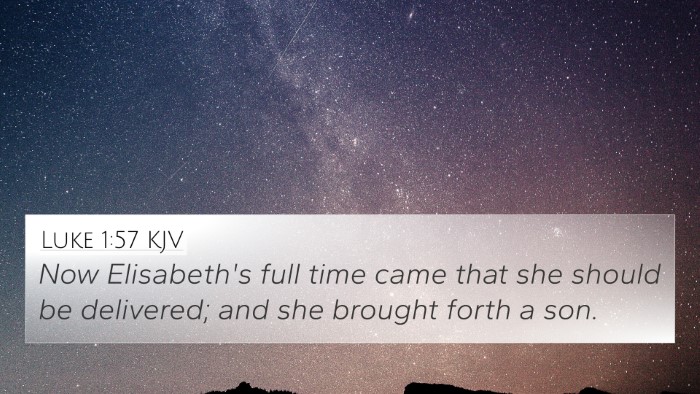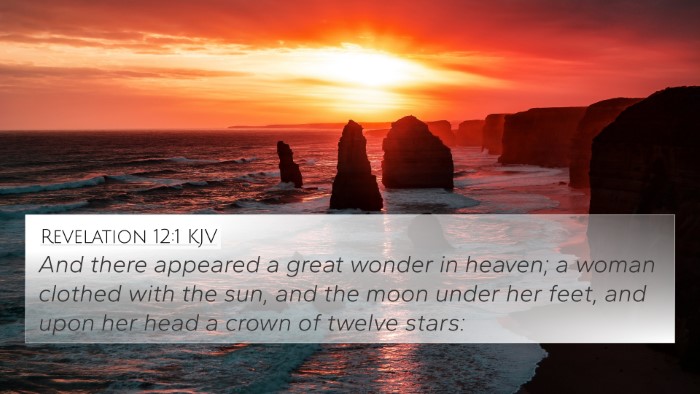Understanding Luke 2:6
Luke 2:6 states, “While they were there, the time came for the baby to be born.” This passage marks a pivotal moment in the Nativity story, signifying the fulfillment of God’s promise of a Savior. Below is a detailed examination and interpretation of this verse, utilizing insights from renowned public domain commentaries.
Contextual Overview
This verse situates itself within the broader narrative of Jesus' birth, highlighting the fulfillment of prophecies concerning the Messiah's entrance into the world. The setting in Bethlehem is significant, fulfilling the prophetic word regarding the birthplace of the Messiah.
Commentary Insights
Matthew Henry’s Commentary
Matthew Henry emphasizes the importance of the historical context and the providence of God in bringing Mary and Joseph to Bethlehem, fulfilling Micah 5:2, which foretold that the ruler of Israel would come from this city. The phrase “while they were there” signifies that their journey was not in vain; God's plan was being realized according to His timeline.
Albert Barnes’ Notes
Albert Barnes highlights that this verse signifies the culmination of divine preparation, noting how the census forced Mary and Joseph to Bethlehem, demonstrating God's control over earthly events. Barnes also notes the necessity of this journey for the birth of Jesus, reinforcing the idea that God orchestrates circumstances to fulfill His purposes.
Adam Clarke's Commentary
Adam Clarke provides a detailed examination of the socio-political context, explaining that the Roman census was mandatory and illustrates the humility of Christ's birth, entering the world not with pomp but in humble circumstances. Clarke underscores the reality of the prophetic fulfillment, linking the event to Old Testament Scriptures.
Thematic Connections
The verse intricately ties into various Biblical themes, including:
- Fulfillment of Prophecy: Aligns with Old Testament prophecies regarding the Messiah's birthplace.
- God’s Sovereignty: Reflects God's ultimate control over human affairs to achieve His plans.
- The Humility of Christ: Represents the contrasting nature of Christ's first coming.
Cross-References
This verse has multiple cross-references that deepen our understanding. Notable connections include:
- Micah 5:2 - Prophecy stating that the Messiah would be born in Bethlehem.
- Isaiah 7:14 - Foretelling the virgin birth of the Messiah.
- Matthew 2:1 - Account of Jesus' birth in Bethlehem.
- John 1:14 - The Word became flesh, emphasizing the incarnation of Christ.
- Luke 1:31-33 - The angel's announcement to Mary about Jesus’ birth.
- Galatians 4:4 - The timing of Christ's birth as part of God's divine plan.
- Genesis 49:10 - Judah’s scepter, linking lineage to Jesus’s birth location.
Final Thoughts
Luke 2:6 captures not just the physical birth of Jesus but also the rich theological implications of God becoming man. The verse invites us to explore the interconnectedness of scriptures and apply tools for Bible cross-referencing to gain a fuller understanding of Christ’s significance in our faith.
Overall Significance: The birth of Jesus in Bethlehem, as noted in Luke 2:6, serves as a cornerstone of Christian belief, inviting believers to reflect on the miraculous nature of God’s promises and their fulfillment across generations.

